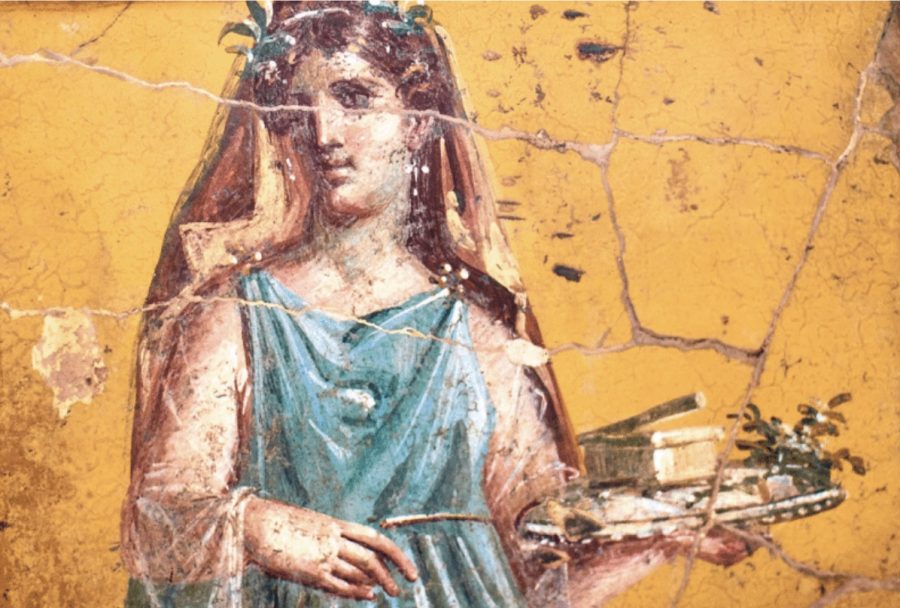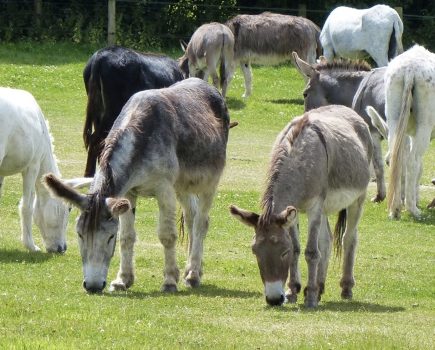Experienced poultry vet, David Parsons, digests the latest chicken chat in the news at the moment, from excavated Roman eggs, to the origins of avian flu…
I am not sure whether it is just me appreciating unusual little snippets over the last month or whether there has been a genuine increase in interesting articles. Whatever the truth, I hope you find these as interesting as I did.
A 1,700-year-old intact Roman egg was discovered in South East England, marking the oldest surviving example of an inadvertently preserved avian egg found in the UK. The egg, thought to be a hen’s egg, was found in Berryfields, near Aylesbury, a site which was important during the Roman occupation of Britain. During archaeological excavations, a large, waterlogged Roman pit was discovered. This pit was originally used to supply water for malting and brewing but when this function ceased, it became a ritual burial site. Several items were found, amongst which was a cache of eggs. It is believed that the eggs were placed in this waterlogged pit between AD 270 and 300, being preserved in a layer of soft mud. Two broke on removal, but one survived. The egg’s contents remain largely unknown, as the yolk and albumen will have decomposed.
Dana Goodburn-Brown, of conservation company, DGB Conservation, took the egg for a Micro-CT scan. She explained that it was an exciting moment when an air bubble was first seen inside. The decision was then taken to turn the egg to see if the bubble would move which it did.
“The egg is, we believe, unique, it is the oldest surviving example of an inadvertently preserved avian egg found in the UK and we do not know of any equivalent globally,” said Douglas GD Russell, Senior Curator: Birds Eggs & Nests at the UK’s Natural History Museum.
I am intrigued about how they will store this egg now it has been removed from the muddy bog. This was a unique environment that prevented the egg from bacterial contamination and exploding. I also wonder if the conversation at the next Salisbury Poultry Club meeting will be along the lines of “Please may I borrow your Micro CT scanner to check which eggs are fertile?”
THE DIFFERENCES OF ‘PLAY’ IN MALE AND FEMALE CHICKS
The next article that caught my attention concerns the differences in play behaviour between the sexes of White Leghorn chicks. Researchers at Linköping University have found clear differences in the frequency and style of play in White Leghorn chicks. The study, published in Frontiers in Ethology, found that males engage more in social and object play, while females displayed all three types of play behaviours (locomotor, object and social play).
The sex differences in play frequency can be traced to the chicken’s ancestor, the red junglefowl. Male red junglefowl are more colourful, aggressive, and vigilant than females, suggesting that male chicks play more to practice skills they need as adults.The study suggests that a possible function of play for animals is to prepare them for specific challenges they may encounter later in life. More research is needed to further understand the relationship between play and adult behaviour in chickens. I have never reared chicks. Consequently, I have no firsthand experience of watching their behaviour. Does this strike a chord with any of you?
ARE HUMANS THE VIRUS CARRIERS RATHER THAN BIRDS?
This next snippet is of particular interest to those organising poultry tents at agricultural shows. The assumption, particularly during the avian influenza pandemic, was that poultry posed a significant source of infection for us. The reality may be that we present more of a risk to poultry, pets and wild animals than they do to us.
A new study from University College London (UCL) suggests that humans are passing far more viruses to pets, livestock, and wild animals than previously thought.The research shows that domestic and wild animals are twice as likely to catch something from humans than the other way around, with Influenza A, H1N1 being a common example. Human norovirus and mumps can be transmitted to dogs by humans but not cats.This can cause clinical disease. In livestock, the control of Notifiable diseases such as Avian Influenza is by culling affected flocks. This can harm us by reducing food supplies if culling becomes widespread. It can also speed up the evolution of deadly viruses that can wreak havoc among humans and animals. The Covid-19 virus is thought, by some, to have first been passed to humans by raccoon dogs. Subsequently, we have been the source of infection for cats, dogs, mink and other pets. Understanding how and why viruses evolve to jump into different hosts across the wider tree of life may help us understand how new viral diseases emerge in us and animals.
This article extract was taken from Practical Poultry in the July 2024 edition of The Country Smallholder. To read the article in full, you can buy the issue here.
To receive regular copies of The Country Smallholder magazine featuring more articles like this, subscribe here.
For FREE updates from the world of smallholding, sign up for The Country Smallholder newsletter here.








